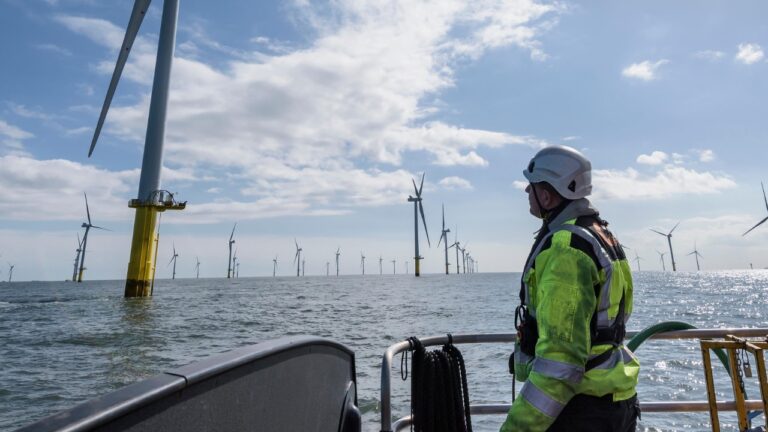
Ed Birkett
Head of Energy and Environment (2020-2022)
The Secretary of State’s foreword to the Levelling Up White Paper starts by praising the redevelopment of Teesside under the guidance of Mayor Ben Houchen. Central to Houchen’s strategy is to revitalise Teesside’s manufacturing industry with new factories building offshore wind turbines, new carbon capture projects, and new hydrogen technologies.
It is surprising, then, that the White Paper itself makes very little mention of how the Government will encourage green industries to locate in the UK, and specifically in “left-behind” areas in need of “levelling up”.
The Levelling Up White Paper spells out the risks posed, and opportunities created, by the transition to Net Zero carbon emissions. It highlights the risk to jobs in high-carbon industries based in Scotland, Wales, Northern Ireland, and Northern England, including in the North Sea oil and gas sector.
Conversely, the paper argues that the “Green Industrial Revolution” could revitalise these areas, with new jobs in offshore wind, electric vehicles, carbon capture and hydrogen.
There are some initiatives in the White Paper that could boost the green industrial revolution. For example, the current success in Teesside shows the power that Mayors can have in bringing energy and new industries to their areas.
Further devolution could continue this trend in other regions; however, there is clearly a major role for public investment and a coordinated industrial strategy, much of which sits outside the White Paper.
For example, through the Automotive Transformation Fund, the Government is investing up to £1bn to secure electric vehicle manufacturing in the UK, including all-important battery “gigafactories”. The UK’s car factories are almost all based in areas that the Government argues need levelling up, so there’s clear crossover here.
Similarly, the Government is investing £160m in ports infrastructure to encourage manufacturers to make offshore wind turbines in the UK, plus £1bn in infrastructure for carbon capture and storage.
As with vehicle manufacturing, offshore wind and carbon capture are both naturally located outside of London and the southeast of England. Therefore, investment in green manufacturing bypasses the concern that you can only ‘level up’ the North by ‘levelling-down’ the South. In addition, if the Government doesn’t invest in green manufacturing, then the jobs will likely go to competitors in the EU or China.
The White Paper doesn’t contain the all-singing, all-dancing green industrial policy that will be critical to levelling up the North, but that was always unlikely as industrial policy primarily sits with BEIS and the Treasury.
Once the White Paper beds in, further work is needed to articulate how the measures in this paper – R&D spending, devolution, and investment in skills – will work together with the UK’s green industrial strategy.
For more of our analysis of the white paper, please click here


